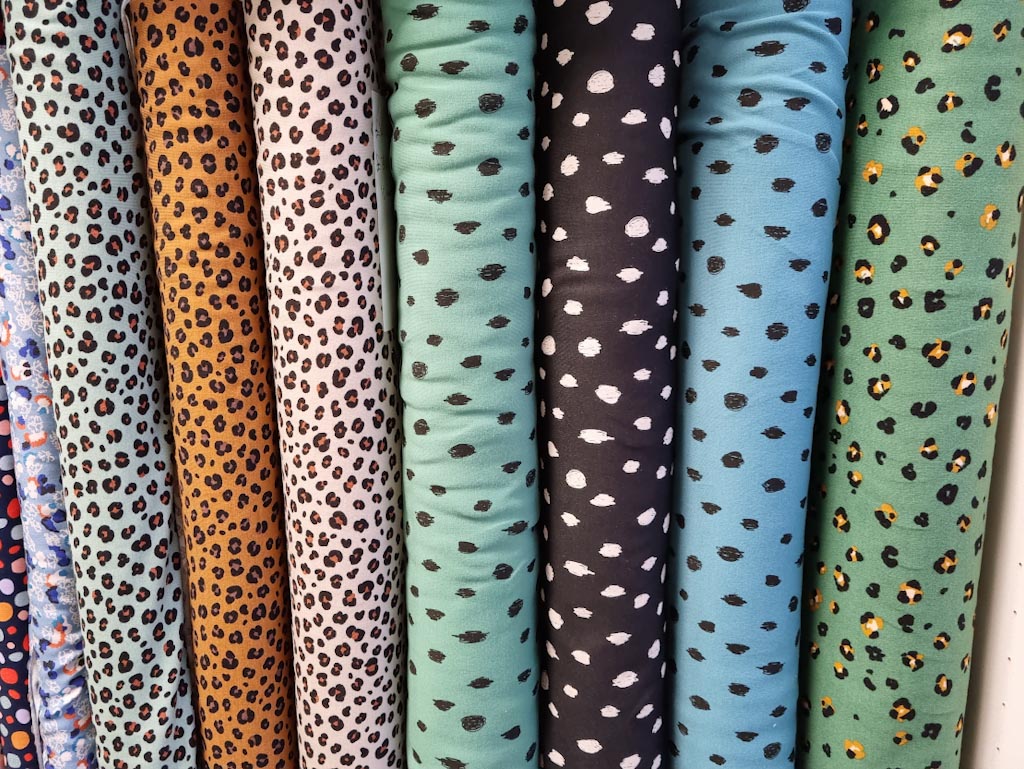Unveiling the Secrets: How to Identify Authentic Cotton Fabric

Cotton fabric is a versatile and widely used material in the textile industry due to its comfort, breathability, and durability. However, with the rise of synthetic fabrics and counterfeit products, it has become increasingly important to be able to identify genuine cotton fabric. In this article, we will delve into the various methods and techniques to help you distinguish real cotton fabric from its imitations.
- Visual Inspection:
One of the first steps in identifying cotton fabric is through visual inspection. Genuine cotton fabric typically has a natural, slightly irregular texture with visible fibers that are soft to the touch. Look for a matte finish rather than a shiny or slick appearance, which is common in synthetic fabrics. Additionally, cotton fabric may have small imperfections or variations in color due to its natural fibers. - Burn Test:
A burn test is a reliable method to determine the composition of a fabric. To conduct a burn test on cotton fabric, cut a small piece of the fabric and carefully ignite it with a flame. Genuine cotton fabric will burn steadily and produce a soft, gray ash with a smell similar to burning paper. Synthetic fabrics, on the other hand, may melt, drip, or produce a black, hard residue with a chemical odor. - Water Absorption Test:
Cotton fabric is known for its high absorbency and ability to retain moisture. To test the water absorption of a fabric, place a few drops of water on the surface of the material. Genuine cotton fabric will quickly absorb the water and feel damp to the touch. Synthetic fabrics, such as polyester or nylon, may repel water or take longer to absorb it. - Label and Certification:
Check the label or tags attached to the fabric for information about its composition. Authentic cotton fabric should be labeled as 100% cotton or have a cotton blend percentage specified. Look for certifications from reputable organizations or brands that guarantee the authenticity and quality of the cotton used in the fabric.
Conclusion:
Identifying cotton fabric requires a keen eye and attention to detail, but with the right knowledge and techniques, you can confidently distinguish between real cotton and synthetic imitations. By utilizing visual inspection, burn tests, water absorption tests, and verifying labels, you can ensure that you are purchasing or using genuine cotton fabric for your clothing and textile needs.


